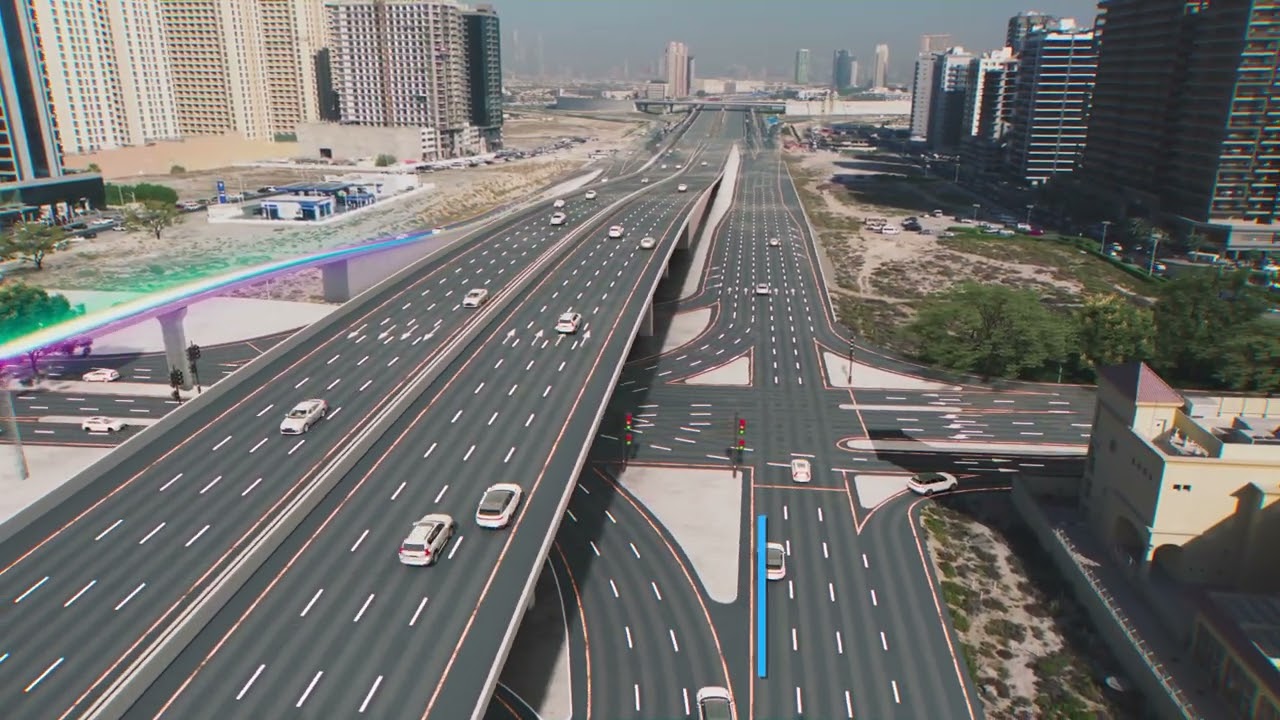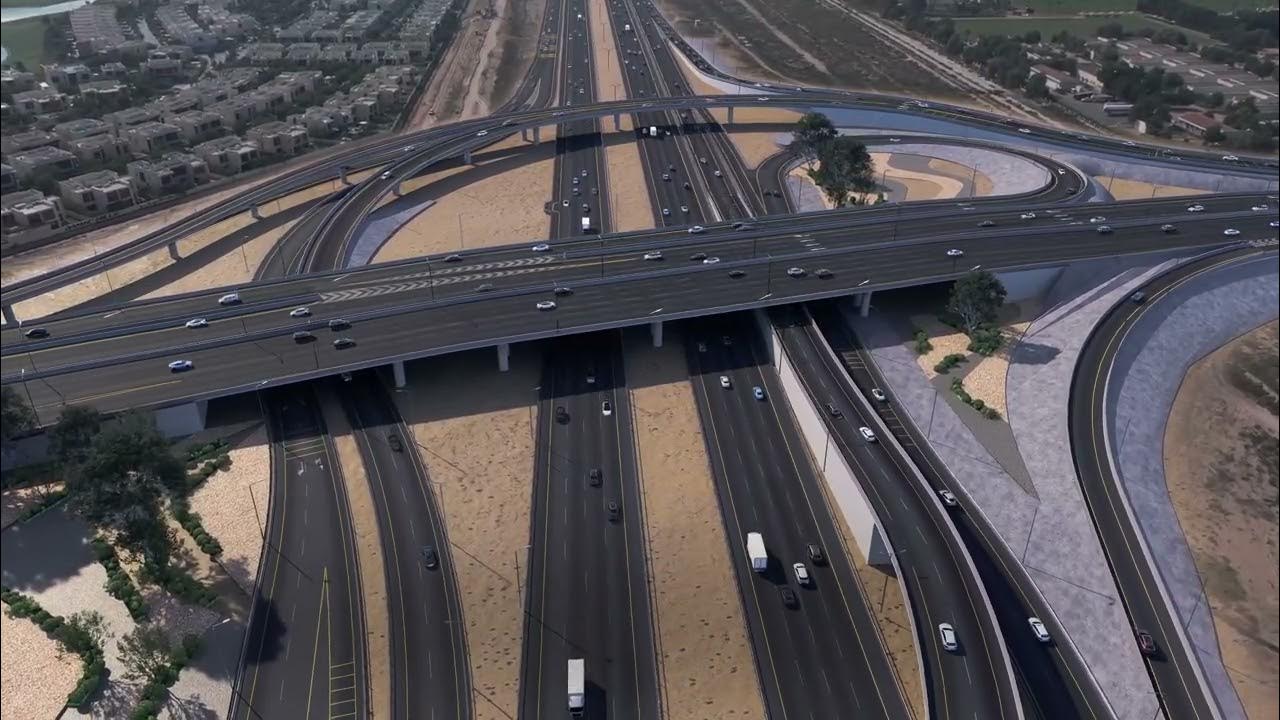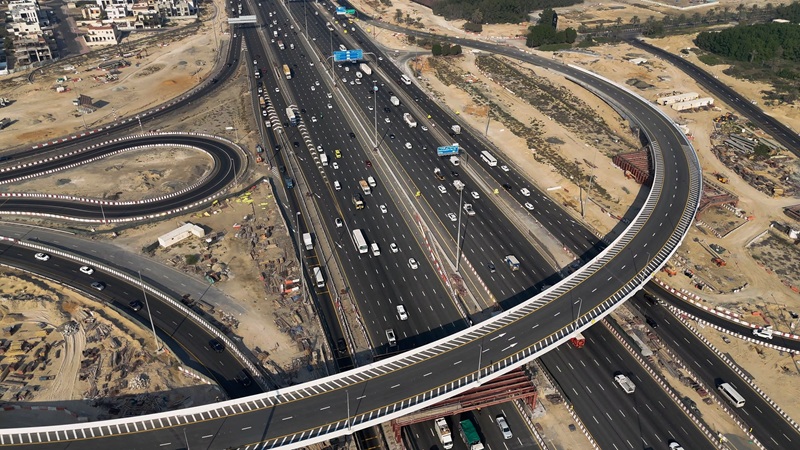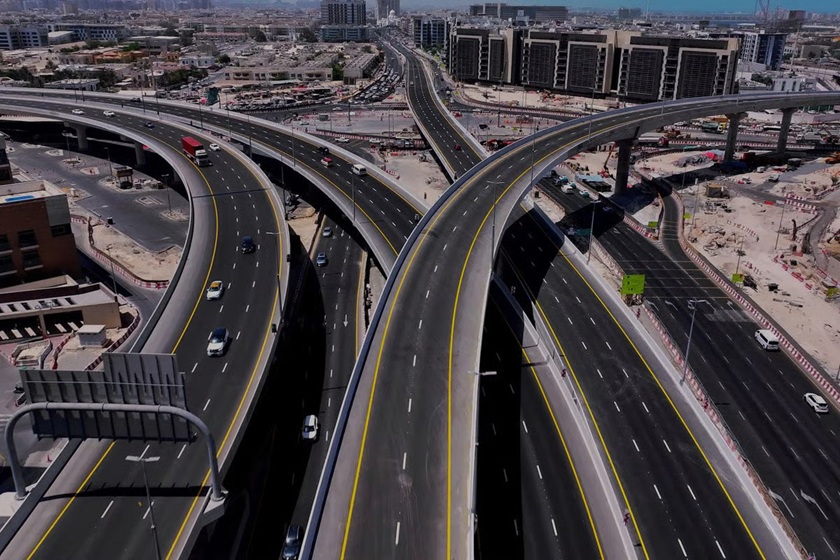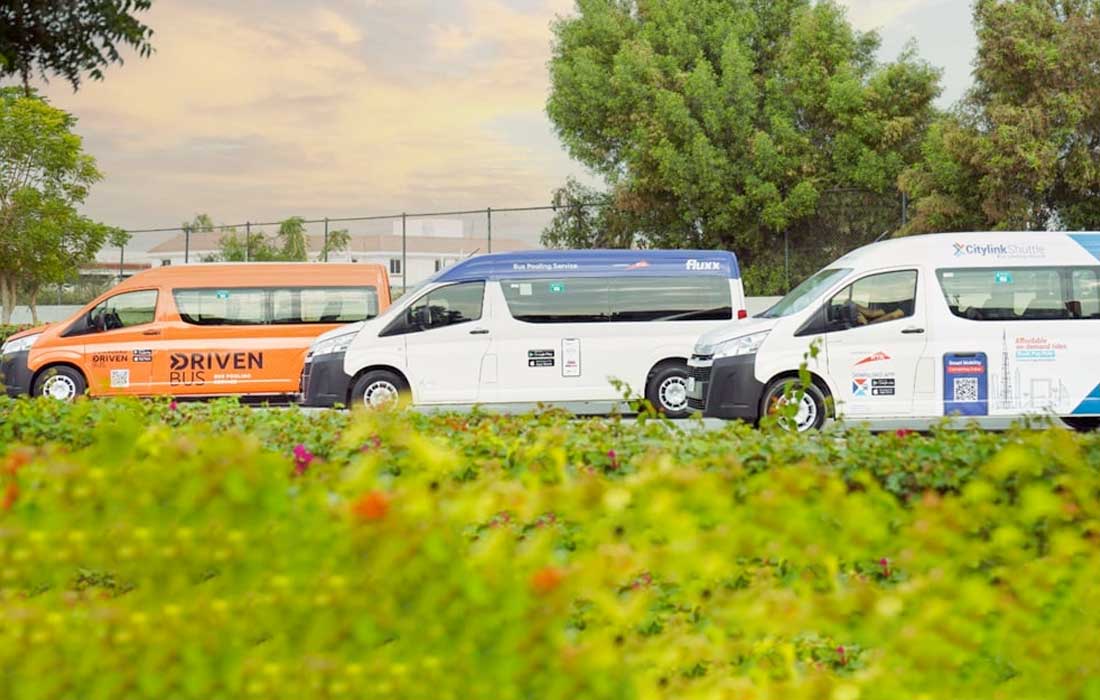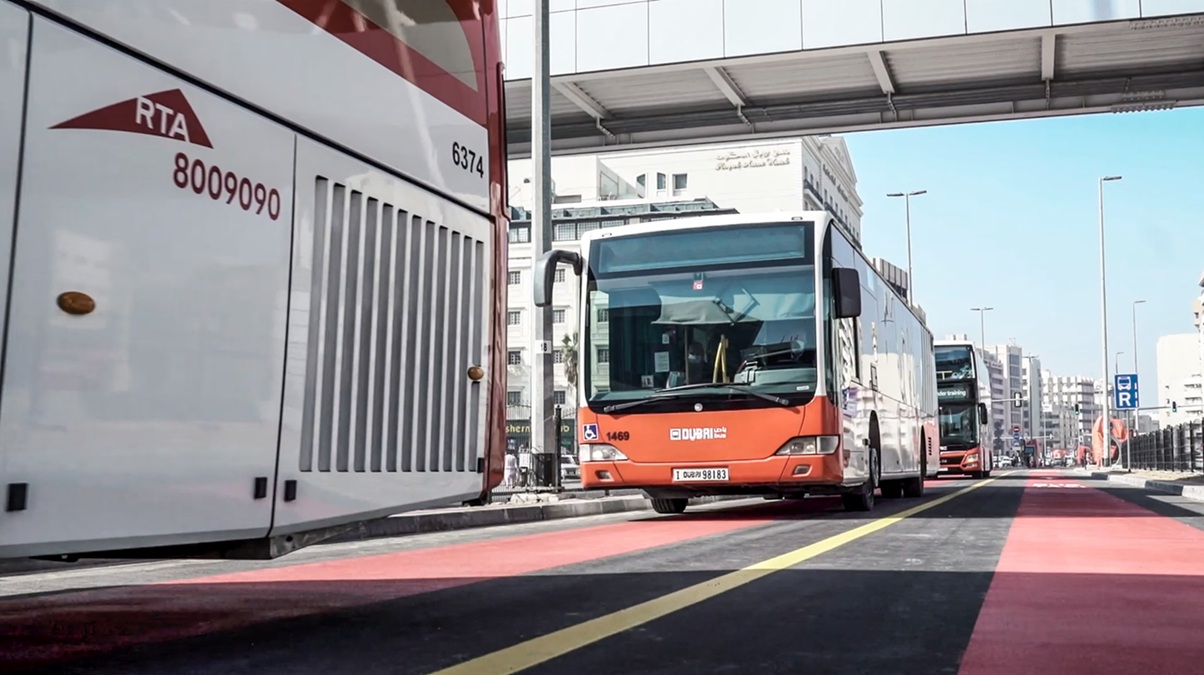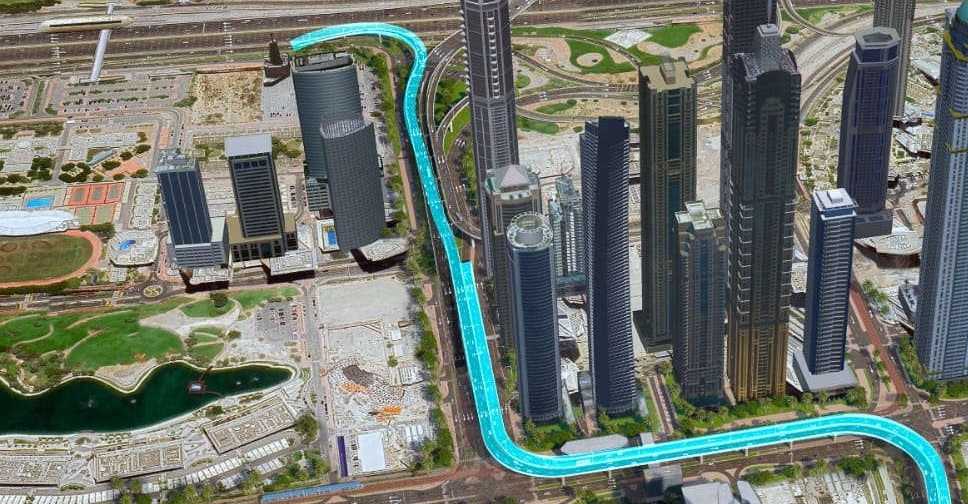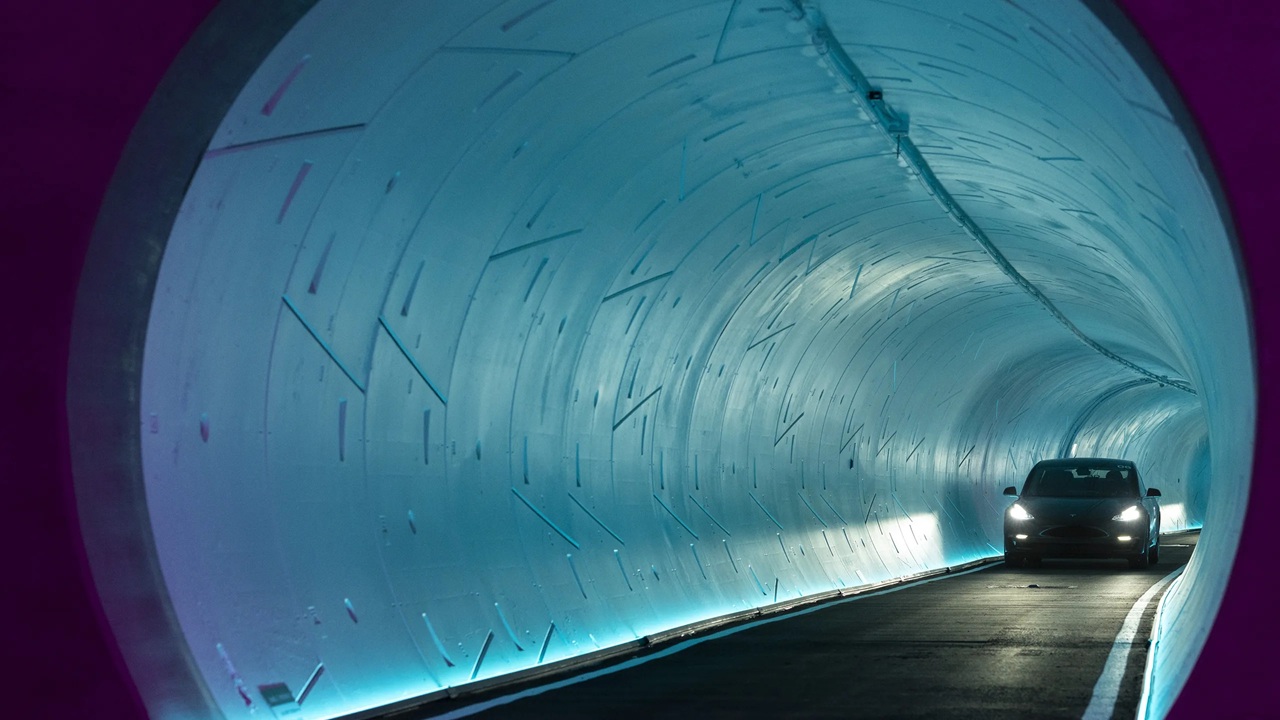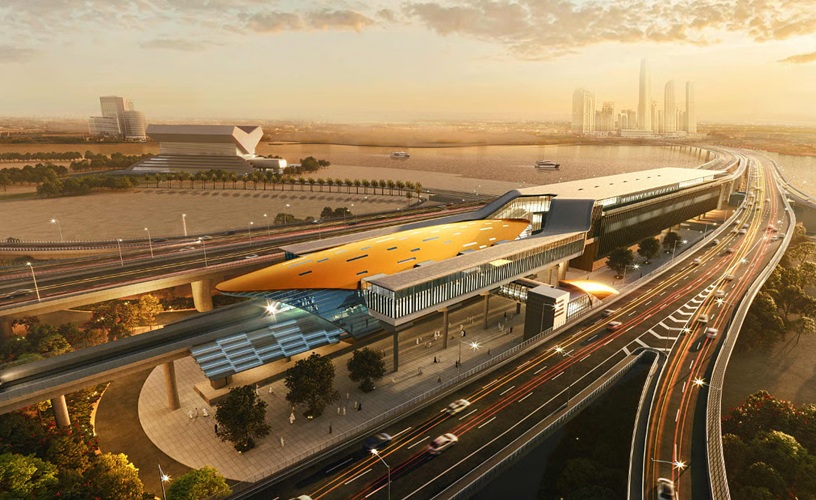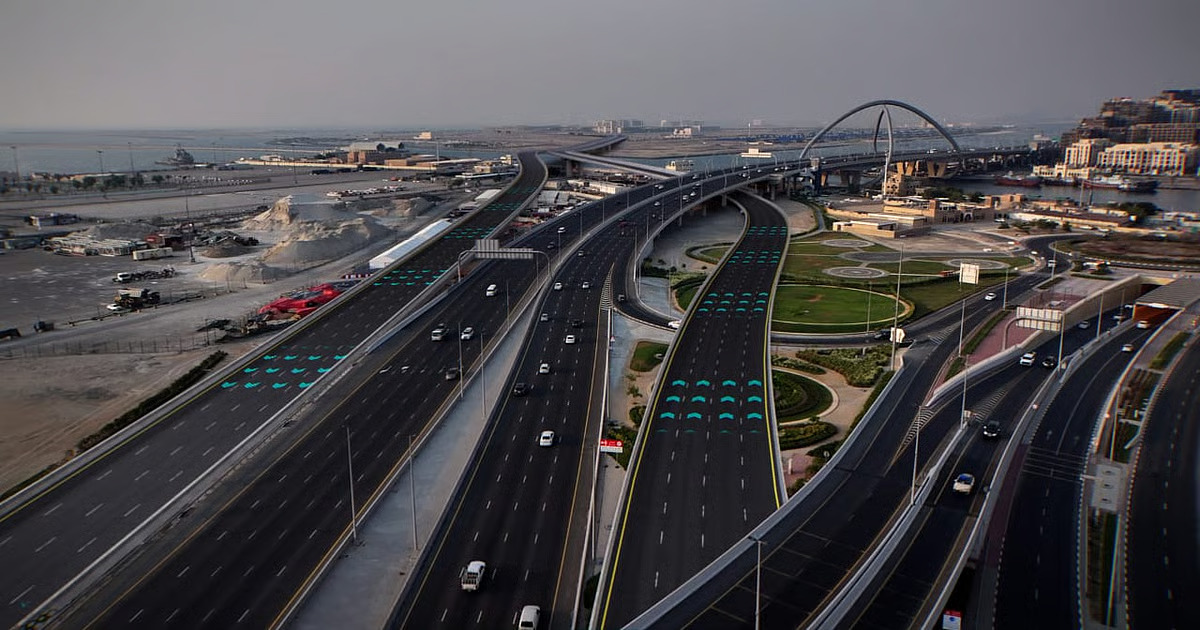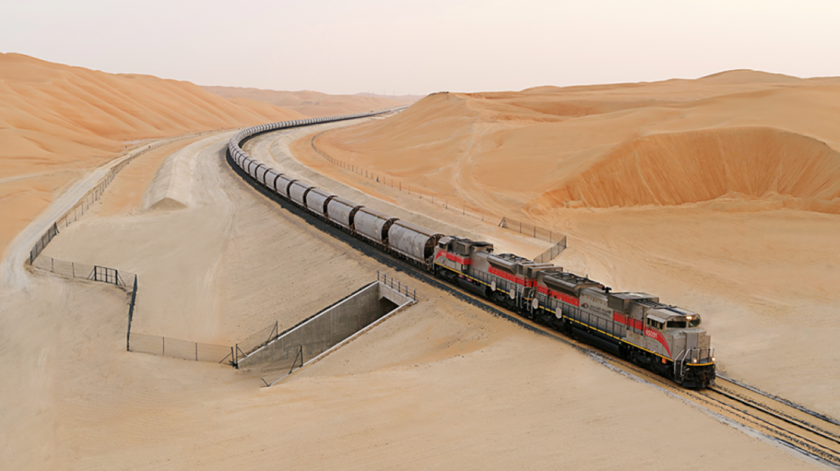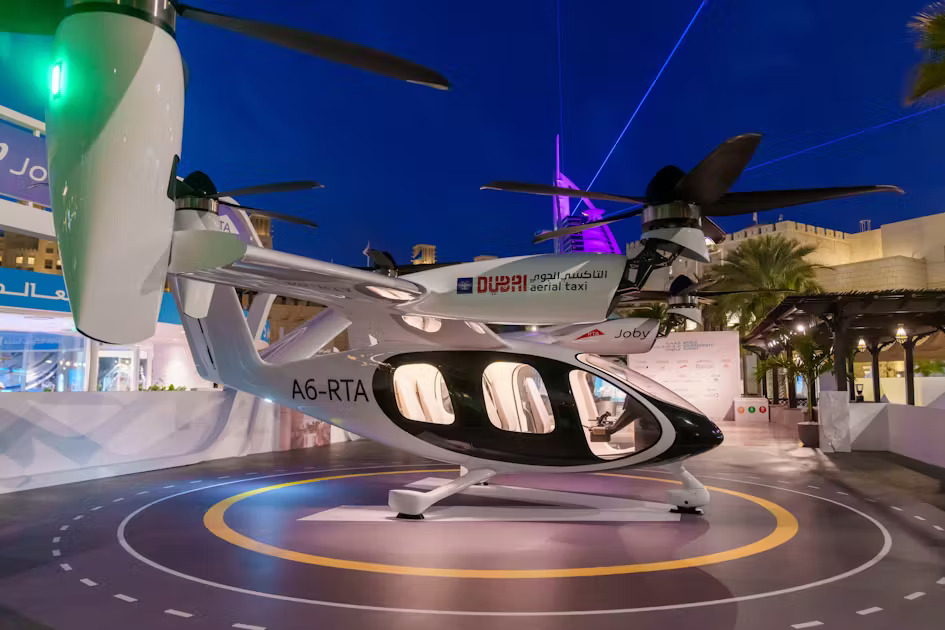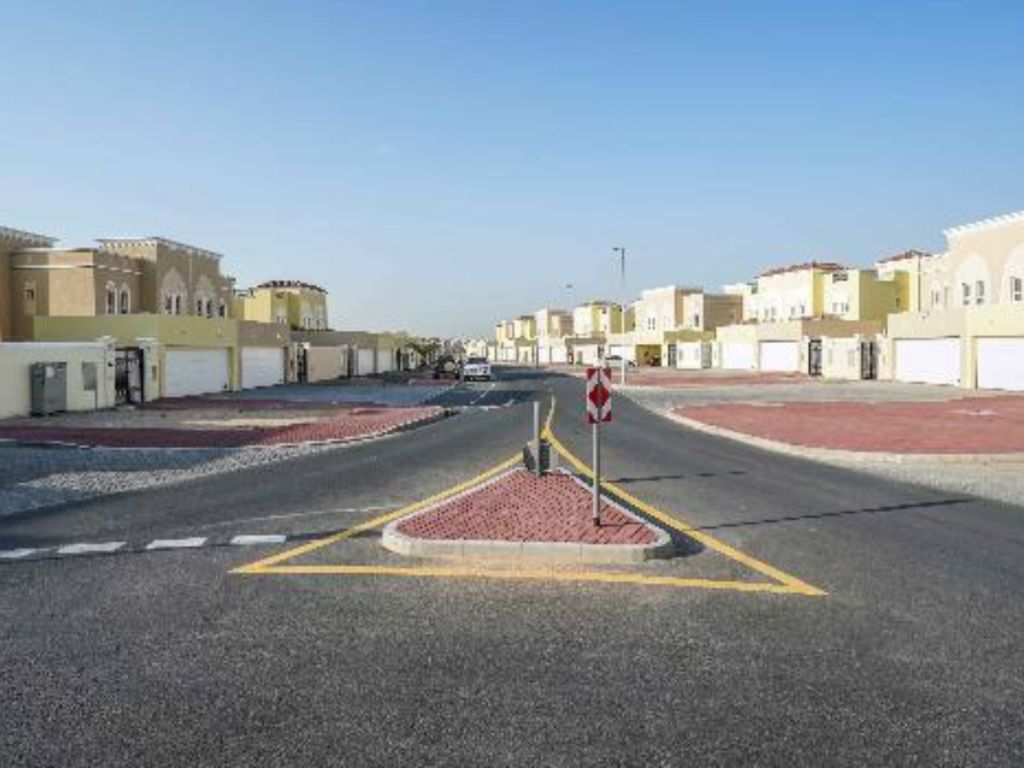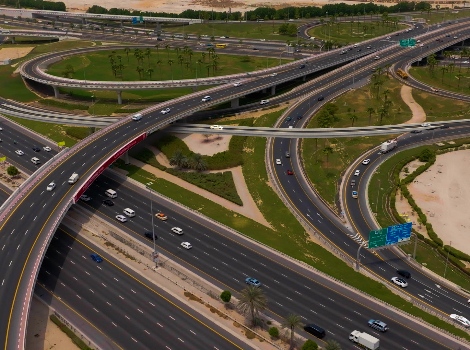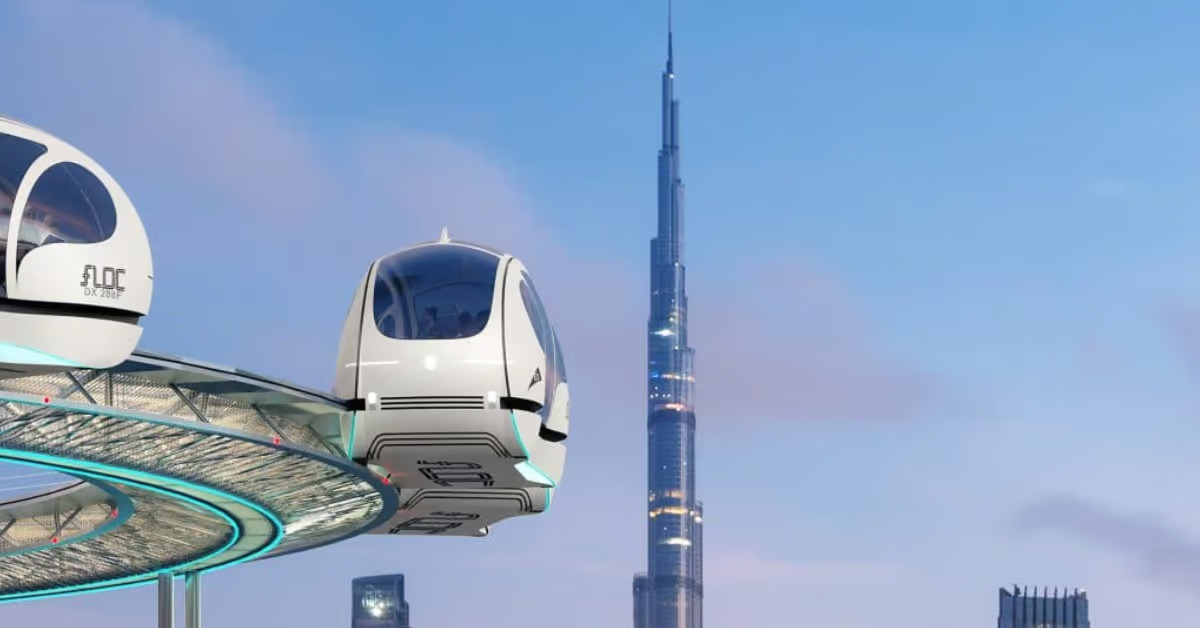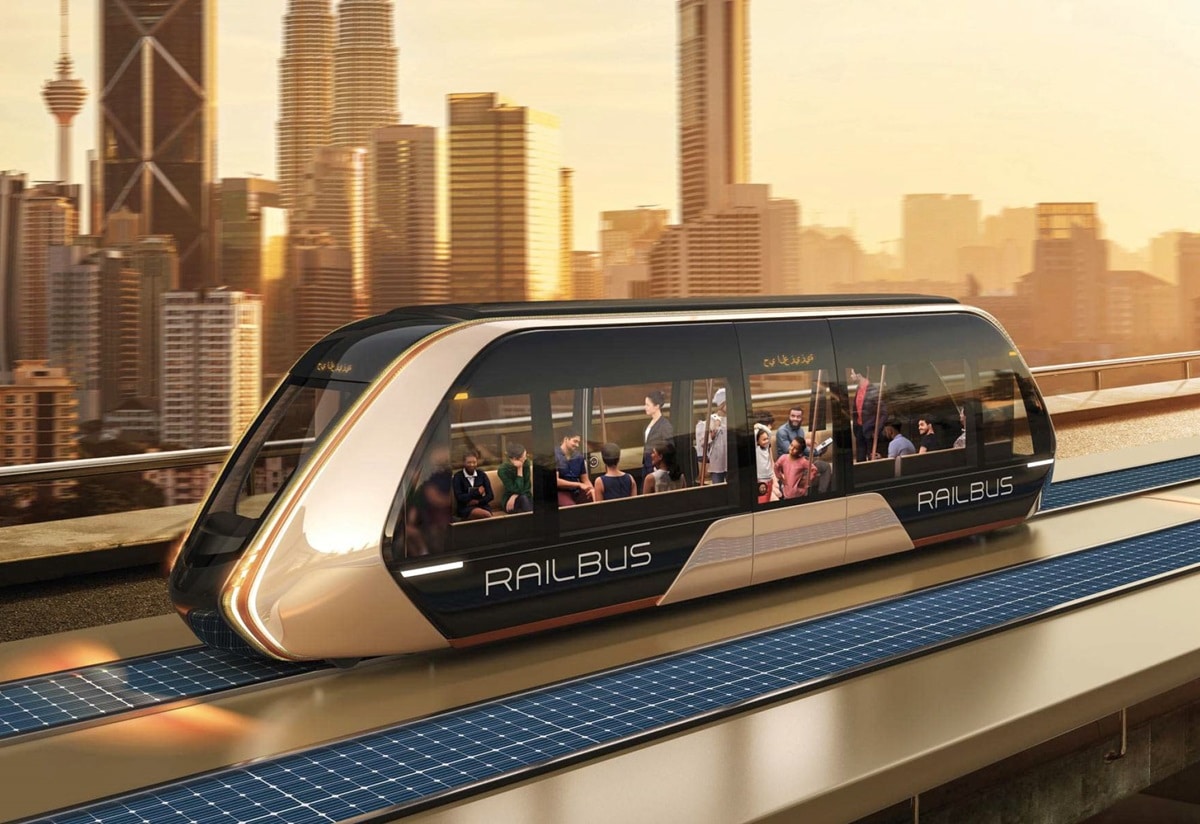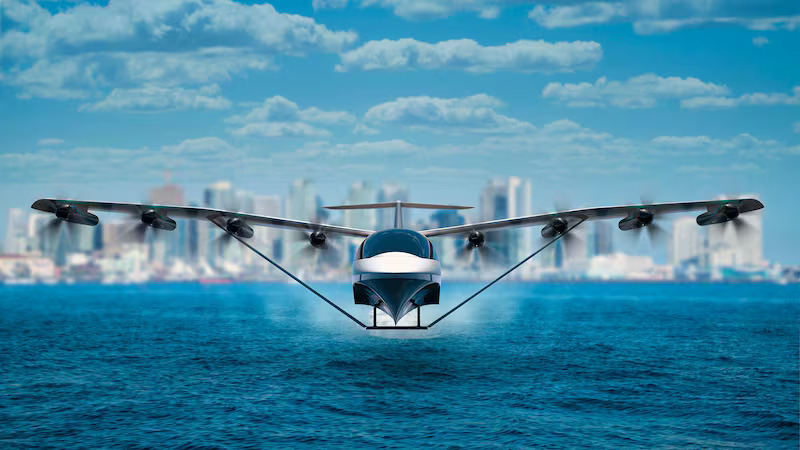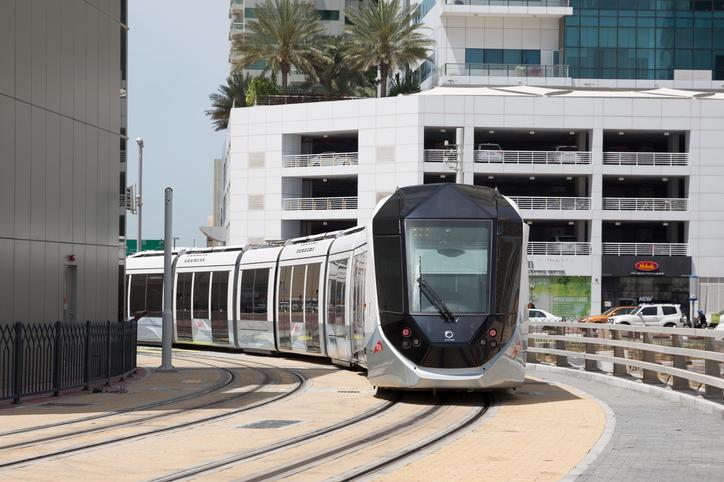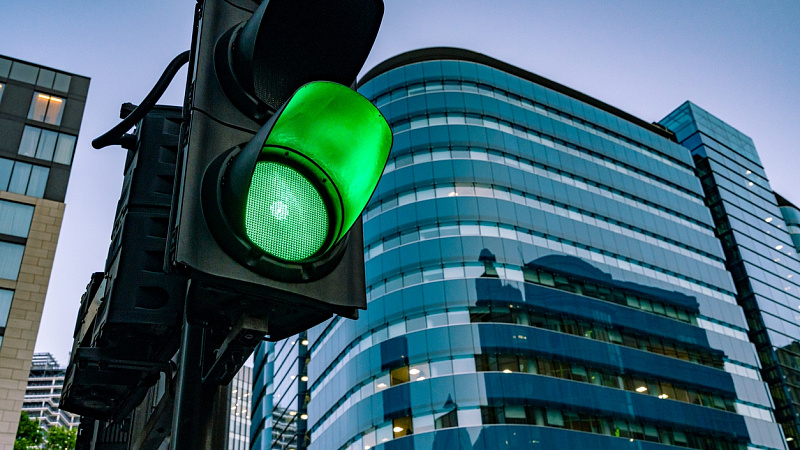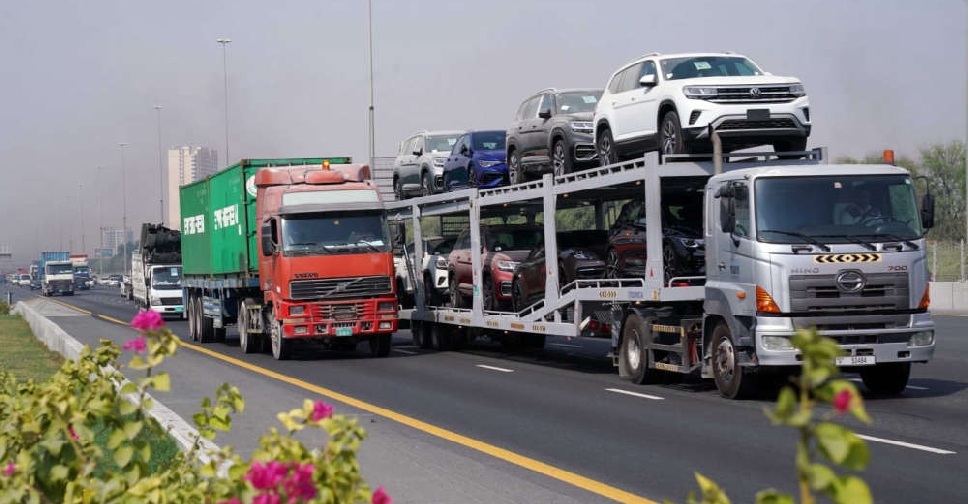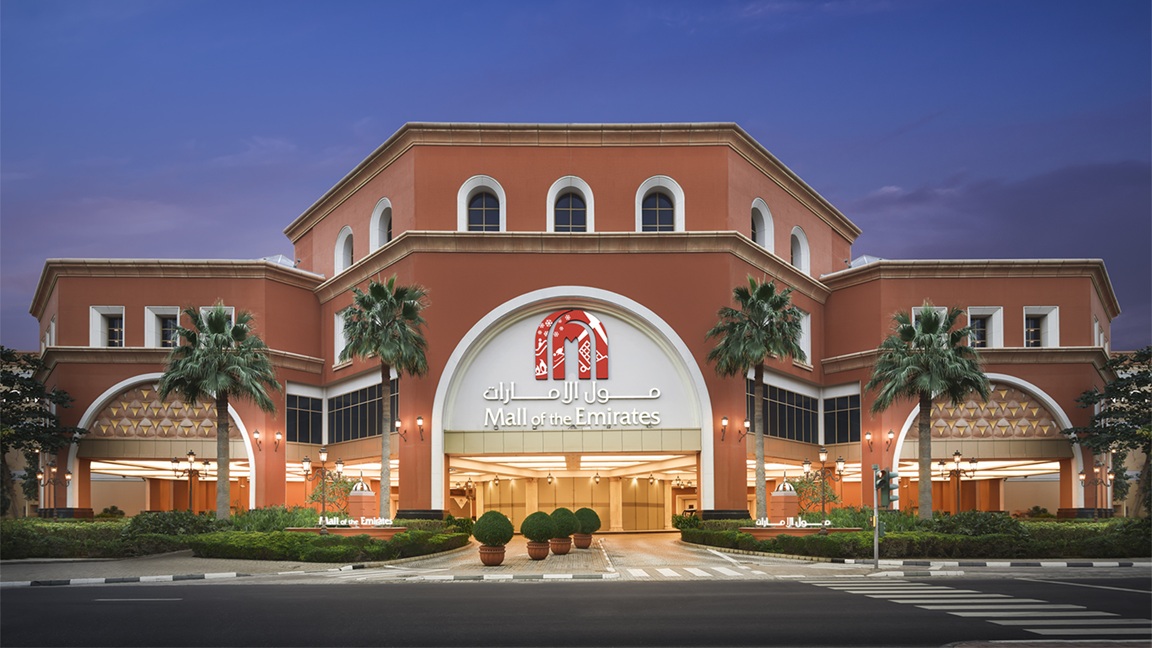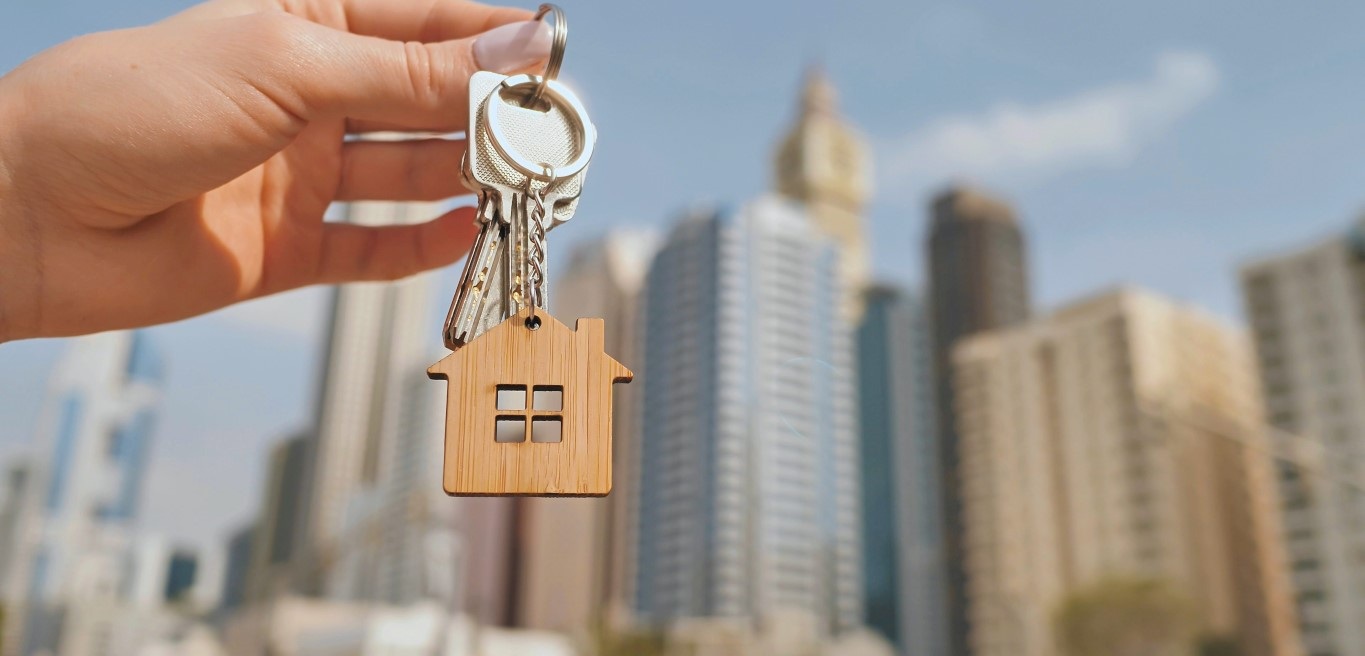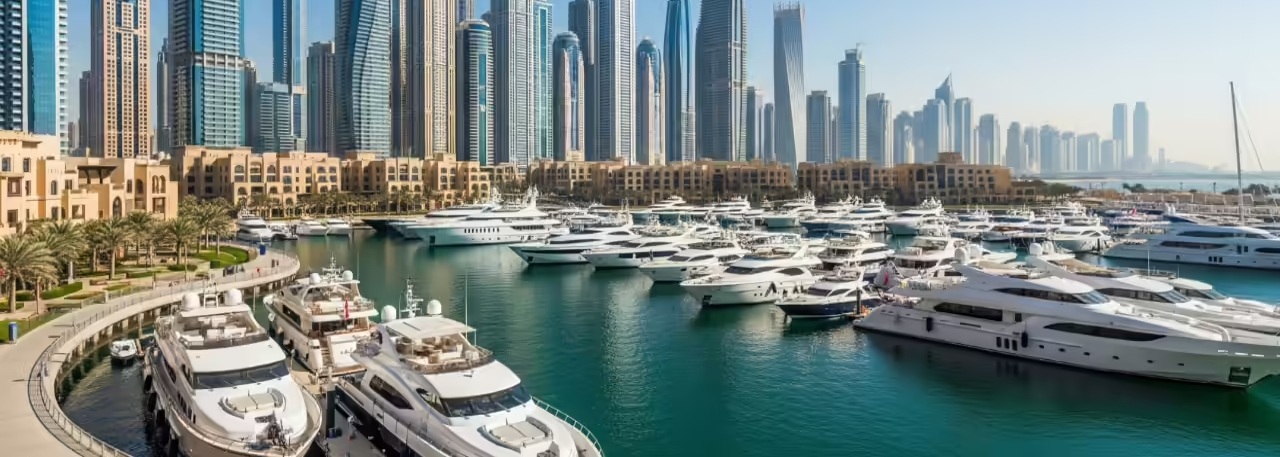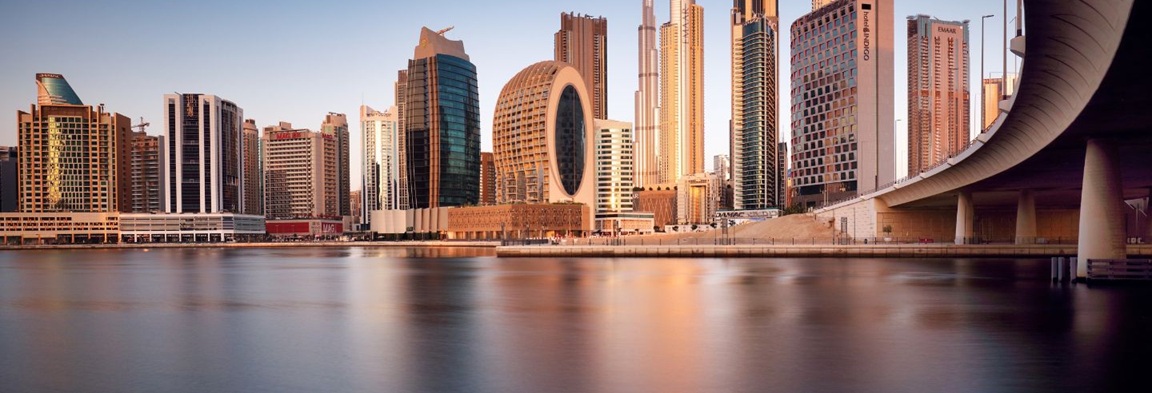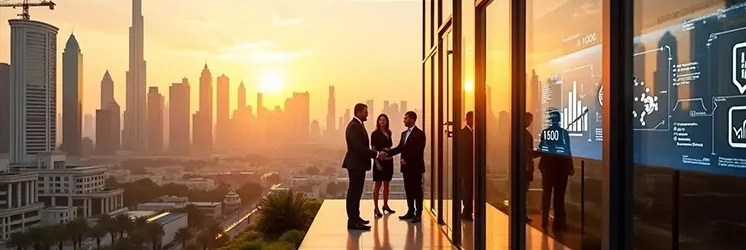36 Major Traffic Improvement Projects Coming Soon to Dubai
Saturday, 2 August 2025
If you’ve ever taken the Dubai Metro and noticed the station names changing over time, you’re not imagining things. With one of the city’s major metro stations recently rebranded, many residents and tourists alike are asking the same question: Why do Dubai Metro stations keep changing their names?
Dubai Metro has transformed urban commuting since its launch 15 years ago, offering a reliable and modern way to travel across the emirate. But unlike many metro systems around the world, a number of its stations are not named after the areas they’re located in. This can make navigating the system a bit confusing—especially when names seem to change every few years.
Table of Contents
1. Al Fay Street Development
A massive Dhs1.5 billion project, Al Fay Street is getting a transformative upgrade with five major new intersections. The expansion stretches from Sheikh Mohammed bin Zayed Road through Sheikh Zayed bin Hamdan Al Nahyan Street to Emirates Road. This development is expected to boost capacity to 64,400 vehicles per hour, benefitting nearly 600,000 residents in rapidly growing communities such as Dubai Sports City, JVC, Jumeirah Golf Estates, Damac Lagoons, and The Oasis.
2. Al Mustaqbal Street Expansion
As part of Dubai’s Dhs3.7 billion internal roads development plan, Al Mustaqbal Street will see 6,200 meters of tunnels and bridges constructed. Once completed, it will expand capacity from 9,000 to 12,000 vehicles per hour, significantly easing congestion in Business Bay and Downtown Dubai.
3. Al Qudra Street Overhaul
The Dhs798 million Al Qudra Street project aims to reduce travel time along the major route from 9.4 minutes to just 2.8 minutes. The revamp includes reworking key intersections starting from Sheikh Mohammed bin Zayed Road and linking through Sheikh Zayed bin Hamdan Al Nahyan Street to Emirates Road.
4. Al Safa Street Revamp
Al Safa Street is getting a complete upgrade between Sheikh Zayed Road and Al Wasl Street. This includes two new bridges, two tunnels, widened surface roads, and enhanced traffic signals. Travel time will drop from 12 minutes to 3 minutes, and vehicle capacity will double to 12,000 cars per hour in both directions.
5. Al Shindagha Corridor Improvement
One of Dubai’s most important road projects, the Al Shindagha Corridor spans 13 km through Sheikh Rashid Road, Al Mina Street, Al Khaleej Street, and Cairo Street. Started in 2016 and serving Deira and Bur Dubai, the project will reduce travel time from 104 minutes to just 16 minutes by 2030 and benefit over 1 million residents.
6. Bus Pooling Initiative
A new flexible bus pooling system by RTA allows shared rides without fixed routes. Each vehicle can carry 30 passengers, reducing the reliance on taxis and private cars—especially in traffic-heavy zones—thereby improving overall flow.
7. Dedicated Bus and Taxi Lanes
Between 2025 and 2027, RTA will roll out 20.1 km of dedicated bus and taxi lanes on six major streets including Al Satwa, Al Nahda, Naif, and 2nd of December Street. These lanes will cut down delays and ensure faster commutes for public transport users.
8. Driverless Cars & Taxis
With new UAE traffic laws allowing driverless vehicles, Dubai is on track to introduce 4,000 autonomous taxis by 2030. RTA has partnered with Uber and Baidu to bring self-driving cabs to the roads by 2026, aiming to lower emissions, reduce accidents, and alleviate traffic.
9. Dubai Harbour Access Project
A Dhs431 million infrastructure plan will ease access to Dubai Harbour with a new 1,500-metre two-lane bridge in each direction from Sheikh Zayed Road. Once complete, travel time will reduce from 12 to just three minutes, benefiting residents and visitors to the region’s largest marina.
10. Dubai Holding Neighbourhood Upgrades
A Dhs6 billion agreement between RTA and Dubai Holding will introduce bridges, internal roads, and new access points across areas like Business Bay, JVC, Palm Jumeirah, and Dubai Production City. Travel times during peak hours could be reduced by up to 70%.
11. Dubai Loop
Elon Musk’s Boring Company is set to build a 17km underground tunnel with 11 high-speed stations. The Dubai Loop will initially carry 20,000 passengers per hour and could eventually serve over 100,000. With speeds of up to 160 km/h and zero intermediate stops, it’s designed to dramatically reduce travel time across the city.
12. Dubai Metro Blue Line
A new 30km Blue Line will join the Red and Green Lines, costing Dhs20.5 billion. Expected to open by 2029, it will serve 200,000 daily commuters initially and up to 320,000 by 2040, doubling Dubai Metro’s capacity.
13. Dubai Walk Network
By 2040, a 6,500 km pedestrian network will link Burj Khalifa, DIFC, and Dubai Marina. The project includes building 3,300 km of new pathways, upgrading 2,300 km of existing ones, and constructing 110 new bridges and underpasses.
14. Eight-Lane Dubai Creek Bridge
This Dhs786 million project will create a 1,425-meter bridge connecting Dubai Islands and Bur Dubai, with four lanes in each direction for 16,000 vehicles per hour. It will also feature dedicated pedestrian and cycling paths with elevator access.
15. Etihad Rail – Dubai Section
Etihad Rail’s high-speed trains will connect Dubai to Abu Dhabi, Sharjah, and Fujairah. A trip between Dubai and Abu Dhabi will take only 30 minutes—helping reduce inter-emirate road traffic significantly.
16. Flying Taxis
Set for launch by end-2026, these air taxis will operate between Downtown, DXB Airport, Marina, and Palm Jumeirah. They’ll fly at up to 200 mph, accommodate four passengers plus a pilot, and cut cross-city travel to 10 minutes.
17. Hessa Street Upgrades
This Dhs689 million project will widen Hessa Street to four lanes in each direction, improve four major intersections, and connect to Sheikh Zayed and Al Khail Roads. By 2030, it’s expected to serve 640,000 people.
18. Road Improvements in 19 Areas
The RTA is revamping 11.5 km of roads across 19 residential areas including Mirdif, Umm Suqeim 1, and Al Khawaneej. Enhancements include better lighting, parking, and pedestrian walkways.
19. Internal Roads Plan
A five-year Dhs3.7 billion plan will develop 634km of internal roads across 21 residential and commercial zones. It’s part of Dubai’s long-term urban mobility strategy.
20. Latifa bint Hamdan Street Expansion
A major road connecting key residential hubs, this 12.2 km upgrade will serve over 1 million residents and increase capacity to 16,000 vehicles per hour.
21. Meydan Road Revamp
The Meydan corridor will see 10.6 km of road upgrades, 3.3 km of bridges, and 1.5 km of tunnels. Travel time from Umm Suqeim Street to Meydan will drop to four minutes.
22. Multi-Use Cycle Track
A 13.5km track will allow bicycles, scooters, and pedestrians to move freely from Al Sufouh to Dubai Hills. It includes 500m-long bridges and connects to the Dubai Internet City Metro Station.
23. Nad Al Sheba Entry/Exit
New routes on Meydan and Latifa bint Hamdan Streets will ease congestion in Nad Al Sheba. Travel times in the area are expected to drop by 60%.
24. New Al Warqa Entrances
Direct access to Al Warqa via Sheikh Mohammed bin Zayed Road will cut travel time from 20 to 3.5 minutes. The project will support 5,000 additional vehicles/hour by 2025.
25. Oud Metha & Al Asayel Street Project
This Dhs600 million plan includes 14km of roads, 4,300 meters of bridges, and four intersections, increasing capacity from 10,400 to 15,600 vehicles/hour. It improves access to Latifa Hospital, Zabeel, and Al Wasl Club.
26. Pod Rail (Floc Duo Rail)
RTA’s smart, electric Floc Duo Rail pods are designed for low-cost, zero-emission travel. They’ll ease traffic while allowing scalable city-wide coverage.
27. Rail Bus Innovation
Solar-powered, 3D-printed, and aerodynamic, these buses will carry 40 passengers at 100 km/h. They’re built for Dubai’s first/last-mile journeys and integrate with the existing transport network.
28. Remote Work & Flexible Hours Policy
Rather than building new roads, RTA is also advocating for flexible work hours and hybrid models to reduce peak-hour congestion across public and private sectors.
29. Seaglider Transport
Promising a 30-minute journey between Dubai and Abu Dhabi, this electric water-air hybrid glider flies 180 mph just above water. It offers a faster, greener alternative to helicopters and taxis.
30. Trackless Tram
This electric, virtual-track tram features three carriages, fits 300 people, and runs up to 100 km per charge. It’s eco-friendly, quick to deploy, and ideal for dense urban areas.
31. Trade Centre Roundabout Redesign
This notorious bottleneck is being upgraded to reduce travel delays from 12 minutes to just 90 seconds between Sheikh Zayed Road and 2nd December Street.
32. AI-Powered Traffic Signals
A new system called UTC-UX Fusion uses AI to predict vehicle flow and adjust signals in real-time. Expected by 2026, it will be deployed at all major intersections.
33. Truck Ban Toward Sharjah
To reduce evening congestion, trucks are now banned from Emirates Road and Sheikh Mohammed bin Zayed Road during peak hours, freeing up lanes for private vehicles.
34. Umm Suqeim Street Enhancements
This Dhs332 million plan includes two three-lane bridges and three pedestrian bridges. It will cut travel time by 33% between Sheikh Mohammed bin Zayed and Al Khail Roads.
35. Umm Suqeim–Al Qudra Corridor
Spanning 16 km, this corridor project is halfway complete and features bridges, tunnels, and key junction improvements, reducing travel time from 46 to 11 minutes.
36. Mall of the Emirates Direct Access Bridge
A new 300-meter bridge from Sheikh Zayed Road offers direct mall access, reducing a 10-minute detour to just one minute. Part of a larger Dhs165 million Al Barsha upgrade.
With 36 major traffic improvements in the works, Dubai is not just building roads—it’s engineering a seamless, smart mobility future. Whether you’re on wheels, rails, foot, or flying, one thing’s certain: your journey is about to get faster, greener, and far more efficient.
Frequently Asked Questions (FAQs)
Why is Dubai investing in so many traffic improvement projects?
Dubai’s population and tourism numbers continue to grow rapidly, leading to increased road usage and congestion. These projects aim to ease traffic flow, reduce travel times, improve public transport options, and support the city’s smart mobility and sustainability goals.
When will most of these projects be completed?
Completion timelines vary. Some projects like new access points and road expansions are set to finish between 2025 and 2027. Larger projects such as the Dubai Metro Blue Line and Dubai Loop may be completed closer to 2029 or 2030.
Will these projects reduce traffic congestion immediately?
Some projects will offer immediate relief upon completion, like dedicated bus lanes or flyovers. Others, such as underground tunnels and metro expansions, are long-term solutions with major impact once fully operational.
Which areas in Dubai will benefit the most?
Key areas such as Business Bay, JVC, Dubai Marina, Al Qudra, Nad Al Sheba, Al Warqa, and Dubai Harbour will see significant improvements. Several projects also enhance intercity connectivity between Dubai and Abu Dhabi, Sharjah, and beyond.
Are there any new modes of transport being introduced?
Yes! Dubai is introducing flying taxis, AI-powered traffic signals, pod rail systems, rail buses, and even electric Seagliders to diversify transport and reduce reliance on personal vehicles.
How will these developments affect daily commuters?
Daily commuters can expect shorter travel times, more reliable public transport, and smoother traffic flow. Initiatives like bus pooling and flexible work hours also aim to reduce rush-hour gridlock.
Is Dubai focusing only on roads and cars?
No. Dubai’s traffic strategy includes pedestrian walkways, cycling and scooter lanes, metro expansions, water transport, and even aerial and underground mobility systems to promote a multi-modal, eco-friendly urban transport model.
How can residents stay updated on these projects?
You can follow official updates through the RTA’s website, Dubai Media Office, and local news platforms. Many updates are also shared via social media and government press releases.

